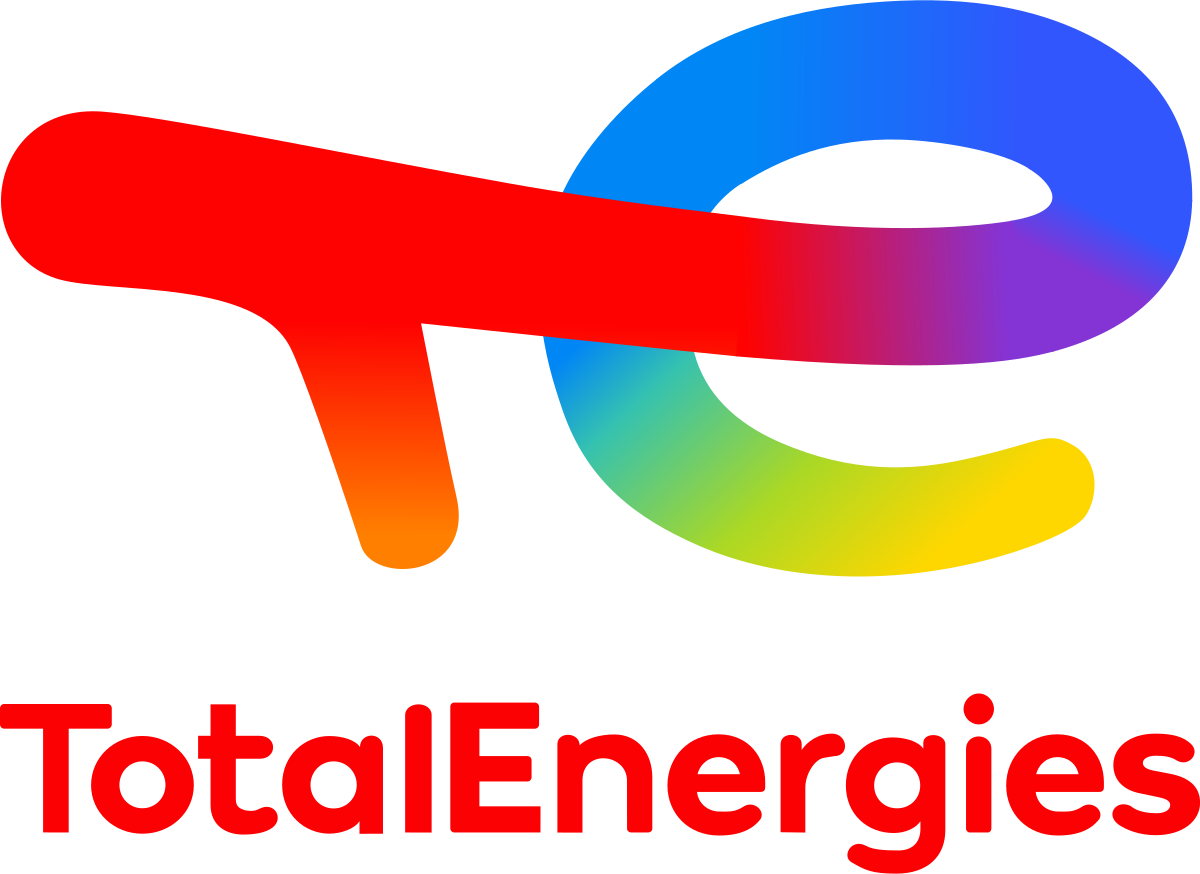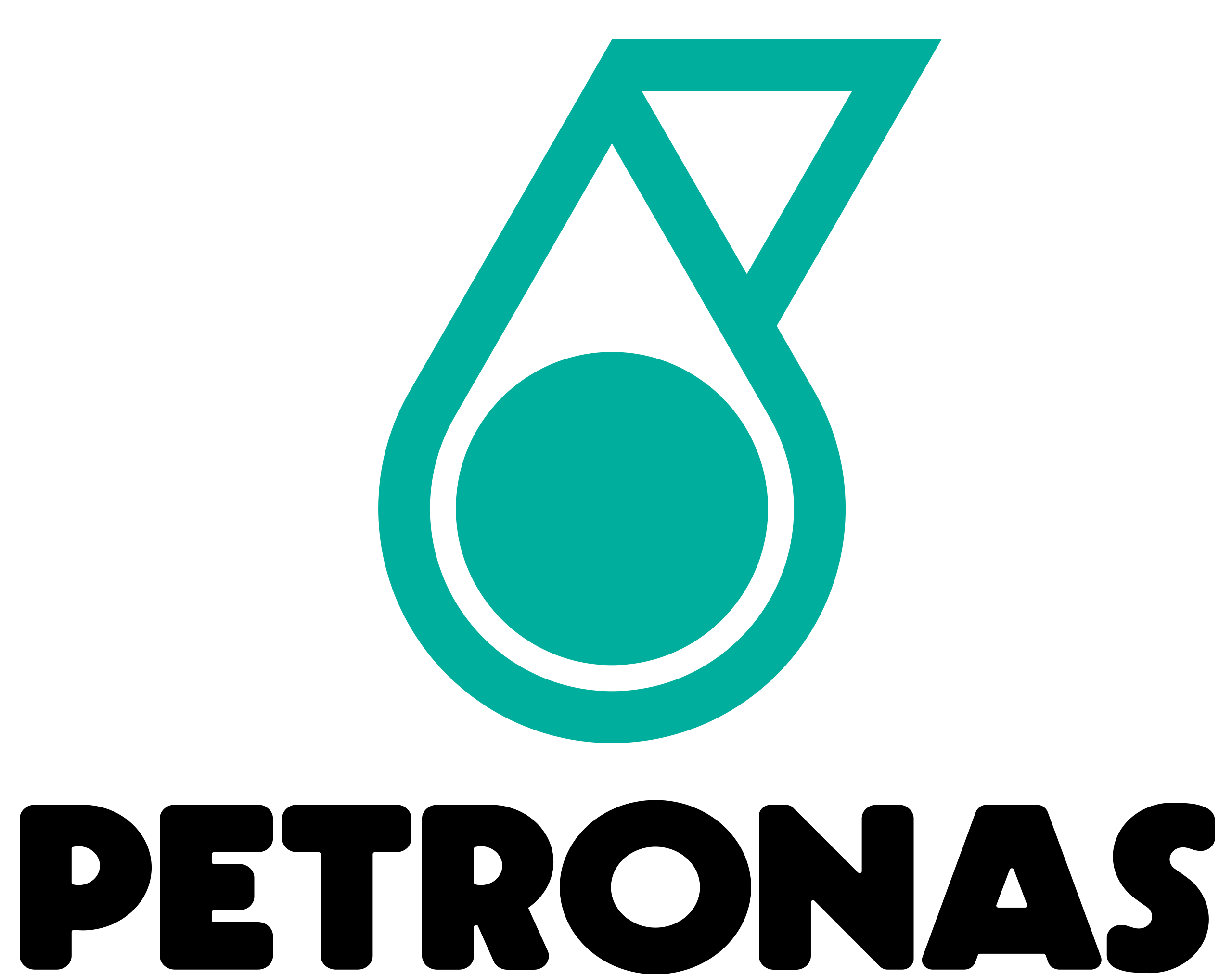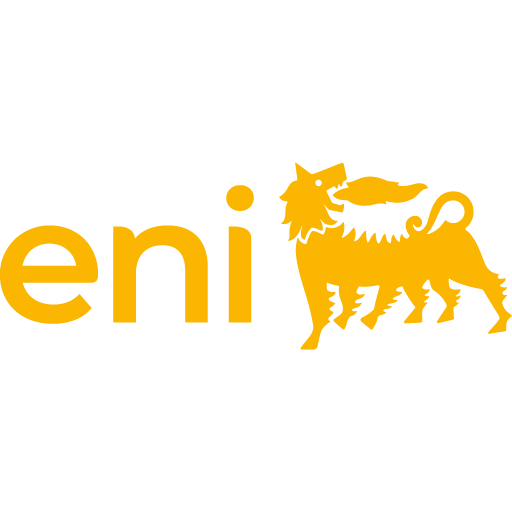Frequently Asked Questions
Curious to know more? Here is a list of the most common questions we typically receive from customers who are starting out on their journey towards a jettyless future. If you still have other queries, don't hesitate to get in touch by clicking on "Contact Us", and we will get in touch shortly.
Can the IQuay be used for both loading and unloading?
- The IQuay can be used for fluid transfer in both directions, and is suitable for the loading, unloading or bunkering of LNG, ammonia, liquid CO2 among other fluid types.
What is the scope of delivery from ECOnnect Energy?
- ECOnnect Energy will supply an EPC turn-key IQuay solution with all utility and safety systems, including the flexible cryogenic floating hoses between the IQuay platform and onshore facility. In addition, ECOnnect Energy will manage the tie-in and onshore hose storage, the control and monitoring of the IQuay, and supply the mooring system for the carrier vessel and IQuay.
- ECOnnect Energy also provides feasibility, concept and FEED studies for proposed projects, as well as studies that cover the entire terminal project, not just the marine loading / unloading aspects.
What is the flow rate capacity of the system?
- The standard IQuay has a flow rate design of around 2,500 cbm/hr, but can be also designed for 50 - 1000 cbm/hr, which is typical for bunkering applications. A scaled version with capacity of up to 12.000 cbm/hr has also been developed for large-scale applications.
What is the lead time for the system?
- Typically 9 - 18 months from contract award to first gas, depending on the site application. Qualified yards can build the platform once a sufficient level technical definition can be assured. ECOnnect Energy's sourcing policy is to always investigate local supply chain capabilities for any new project.
What is the cost for the system?
- The cost for the complete IQuay system is highly dependant upon site location and operational requirements. It is necessary to look into the specifics of the project in order to understand what the necessary technical characteristics needs to be. In general, the IQuay reduces investment by at least 50% compared to a traditional jetty or quay infrastructure.
What is the benefit of flexible floating cryogenic hoses?
- The flexible floating cryogenic hoses will transfer the LNG or any other fluid between the platform and onshore installation. The hoses are highly robust and have excellent insulation capacity to minimize BOG development, and are equipped with a redundant integrated leak monitoring system. The hoses and IQuay system will have similar BOG development as that during conventional loading/unloading.
Will the flexible cryogenic hoses require a reel onshore?
- A reel can be installed to store the hoses between operations. The decision will be based on client preference and a site specific assessment. A solution without a reel is also feasible as the hoses are designed for continuous submersion in water.
What is the maximum weather conditions the system can handle?
- The IQuay platform has been developed to exceed the operating conditions of jetty-based transfer solutions. The limiting operating factors at a specific location are dependent on the combination of a number of parameters, such as joint occurrence and magnitude of wind, wave and currents, floating hose diameter, and distance from shore. However, it is often seen that the mooring of the carrier vessel will be the limiting factor. ECOnnect Energy has proprietary software that can be used to calculate site specific performance of the complete floating solution.
How is the IQuay connected to the carrier vessel ship side?
- The IQuay platform will connect to the ship side by the vacuum attachment system. The IQuay is then able to connect to a large range and type of ships. The ship/carrier will be held in a fixed position by a Multi Buoy Mooring system.
How are the aerial hoses connected between between the ship and IQuay?
- The aerial hoses will be located onboard the IQuay, and these are lifted by the ship's crane to the manifold where they are connected manually by ship's crew with a standard bolted flange connection. On the IQuay platform, these same hoses are connected to ERC couplings. In an ESD 2 event, the aerial hoses will be released from the IQuay platform at the ERC connection.
What is the safety philosophy of the system?
- The IQuay has been designed and built to meet the highest industry safety standards. There is a Ship-to-Shore Link (SSL) between the ship and IQuay which automatically communicates ESD events to shore and to each other.
Is the IQuay unmanned during operation?
- For any transfer operation, the IQuay is unmanned, controlled and monitored remotely from a control station onshore. The operator located onshore has full overview of process flow parameters and status of main systems onboard.
How is the IQuay supplied with power and control?
- The IQuay has a normal power consumption of only ~50 kW during normal operation, and receives power through a floating umbilical from onshore. The umbilical also feeds fibre optical signals for remote control and monitoring of the platform from the onshore control station.
Is the IQuay certified and classed?
- The entire IQuay system has undergone a complete review by DNV GL, Norconsult, and the Norwegian Directorate for Civil Protection among others. The system complies with SIGTTO, OCIMF, EN 1474-2. The IQuay is classed according to DNVGL-OS-E403 Offshore Loading Units.






















